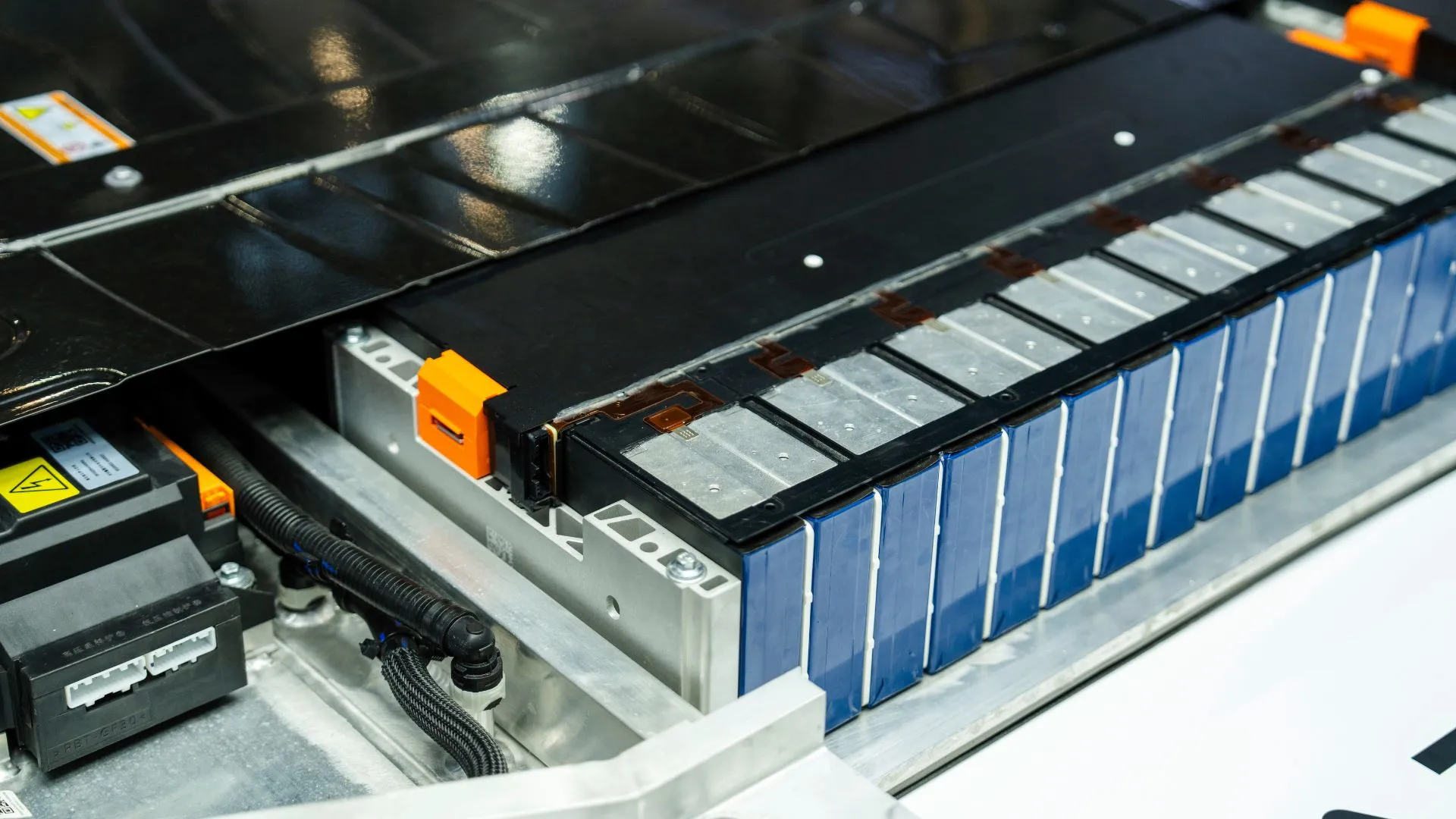
Researchers have developed all-solid-state sodium batteries that retain performance down to subzero temperatures. Developed by researchers from the University of California, San Diego, the batteries could help replace lithium-based energy devices.
Researchers also revealed that sodium is an inexpensive, plentiful, less-destructive alternative, but the all-solid-state batteries they create currently don’t work as well at room temperature.
They heated a metastable form of sodium hydridoborate up to the point it starts to crystalize, then rapidly cooled it to kinetically stabilize the crystal structure. It’s a well-established technique, but one that has not previously been applied to solid electrolytes.
Sodium chemistries
That familiarity could, down the road, help turn this lab innovation into a real-world product, according to researchers.
“It’s not a matter of sodium versus lithium,” said Y. Shirley Meng, Liew Family Professor in Molecular Engineering at the University of Chicago Pritzker School of Molecular Engineering (UChicago PME), who is also affiliated with the University of California San Diego Qualcomm Institute.”
“We need both. When we think about tomorrow’s energy storage solutions, we should imagine the same gigafactory can produce products based on both lithium and sodium chemistries. This new research gets us closer to that ultimate goal while advancing basic science along the way.”
The research team also highlighted that sodium chemistries are attractive, yet sodium solid electrolytes show limited room-temperature ionic conductivity.
Computational and experimental data
UC San Diego team’s work combines computational and experimental data to evaluate the metastability of a sodium hydridoborate and show that rapid cooling from the crystallization regime kinetically locks the orthorhombic phase with fast Na+ mobility.
Researchers stressed that when paired with a chloride-based solid-electrolyte-coated cathode, this metastable phase enables thick, high-areal-loading composite cathodes that retain performance down to subzero temperatures.
“Because the underlying principle is kinetic stabilization of a diffusion-favorable anion framework, this approach is transferable to related hydridoborates and other anion-cluster chemistries. This work provides a practical design strategy and processing guidelines for high-performing solid electrolytes,” said researchers in a study published on Joule.
Co-first author Sam Oh of the A*STAR Institute of Materials Research and Engineering in Singapore stated that the research helps put sodium on a more equal playing field with lithium for electrochemical performance.
“The breakthrough that we have is that we are actually stabilizing a metastable structure that has not been reported,” Oh said.
“This metastable structure of sodium hydridoborate has a very high ionic conductivity, at least one order of magnitude higher than the one reported in the literature, and three to four orders of magnitude higher than the precursor itself.”



